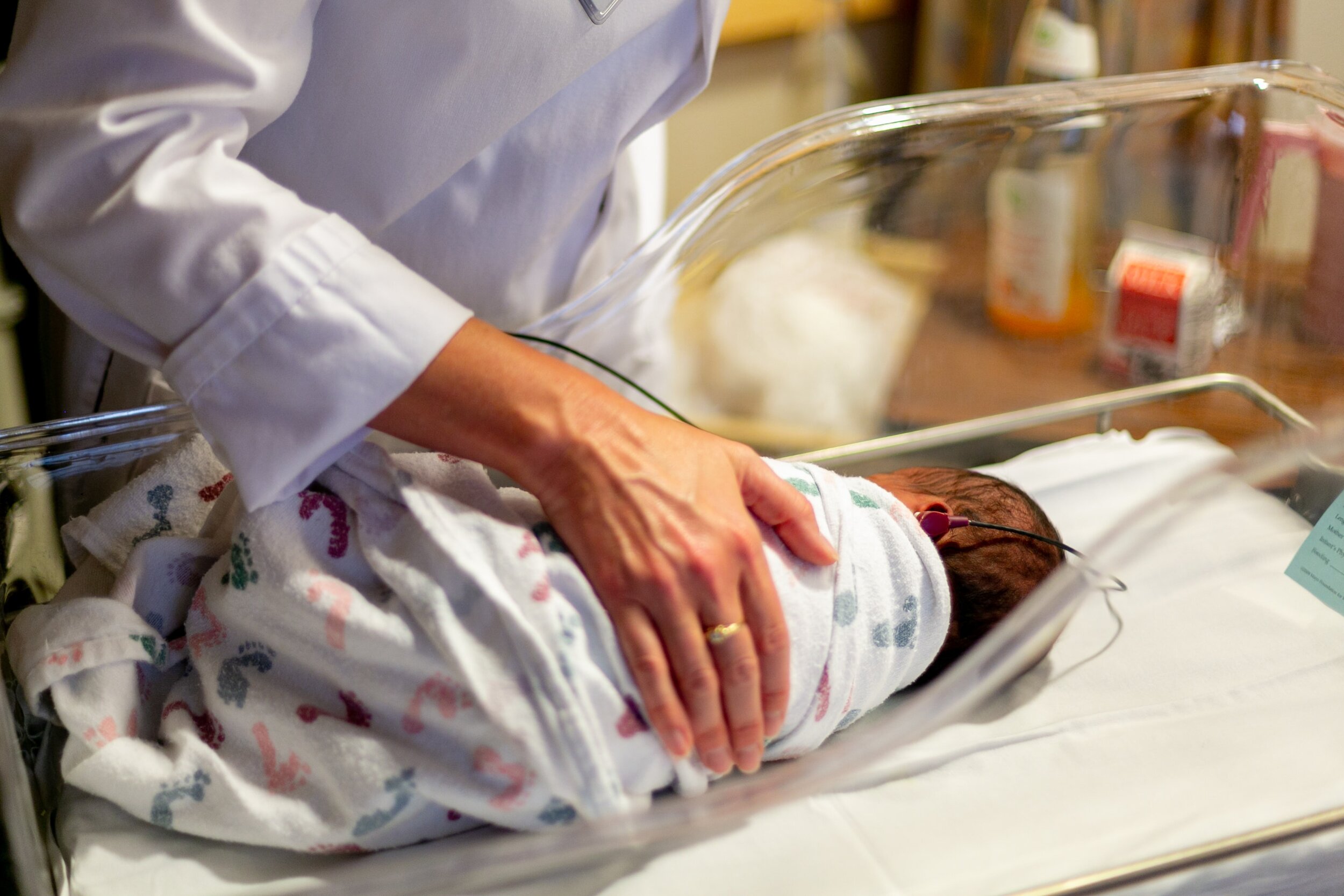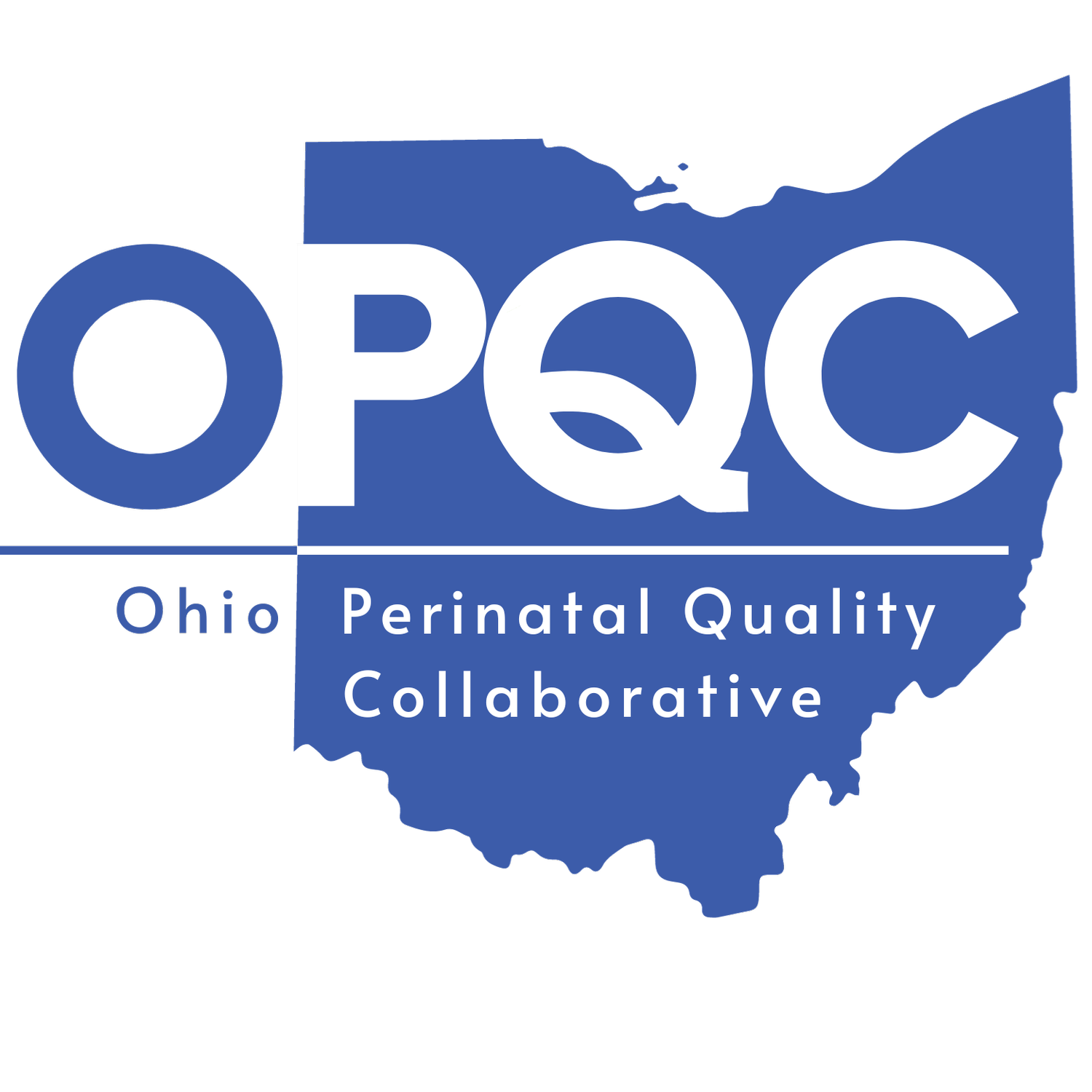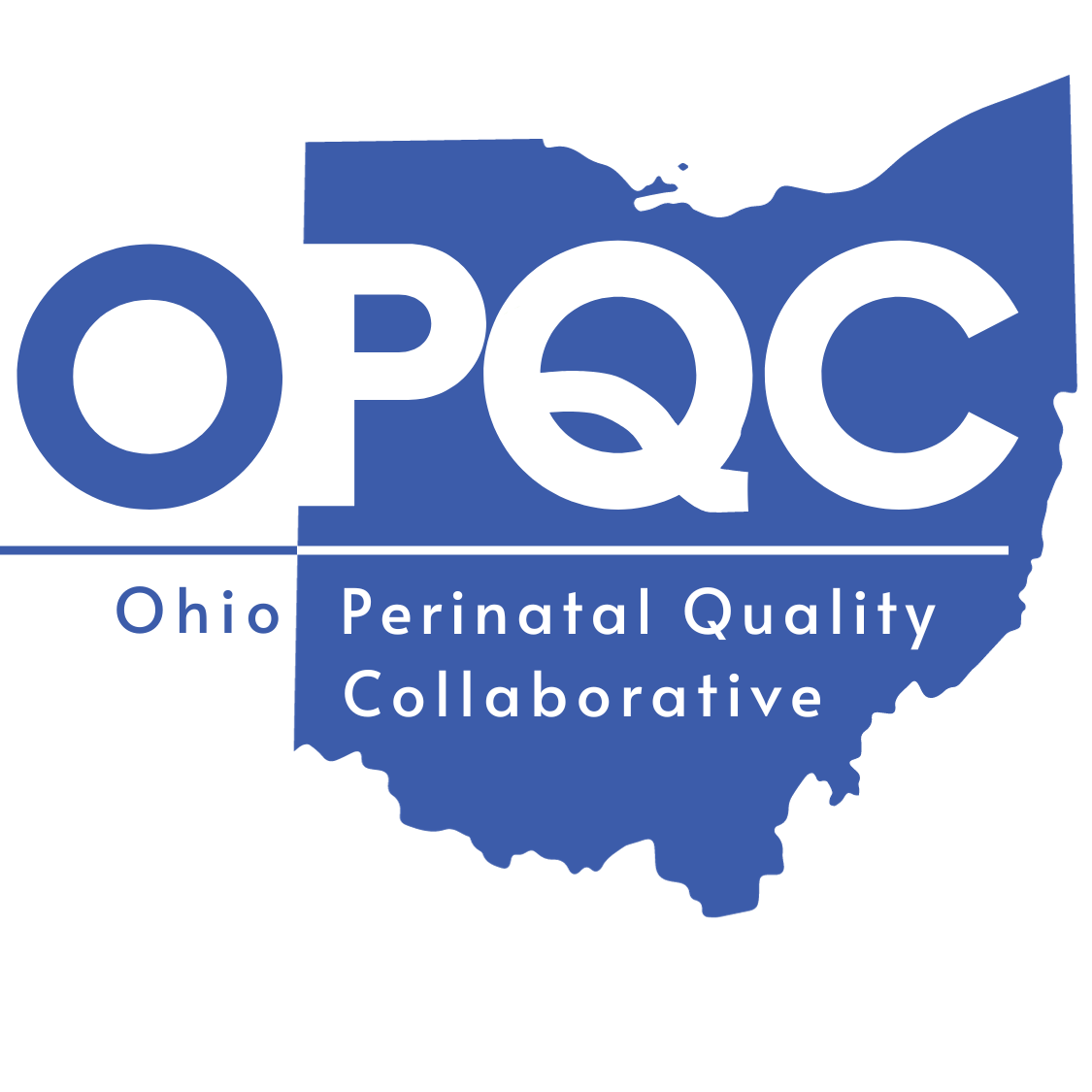
NEONATAL ABSTINENCE SYNDROME (NAS)
PROJECT
Neonatal Opioid Withdrawal Syndrome (NOWS), formerly known as Neonatal Abstinence Syndrome (NAS), is a syndrome that may occur in opioid-exposed newborns shortly after birth (1). Symptoms typically occur 48-72 hours after birth and may include seizures, tremors, poor feeding, gastrointestinal distress, and high-pitched crying.
The OPQC NOWS initiative began to optimize the care of infants with NAS. Building upon the progress of a pilot study at 6 centers of the Ohio Children’s Hospital Association (OCHA), the aim of the OPQC NOWS Project was to increase the identification of and compassionate withdrawal treatment for full-term infants born with NOWS, thereby reducing the length of stay (LOS) for these infants. See below for further details of each phase of the project.
Since the conclusion of this project in 2018, many participating OPQC NAS hospitals have adopted the Eat Sleep Console model of treating substance exposed infants.
Phase 1 (January 2014 – June 2015): In the first phase of the NAS Project, 52 OPQC site teams participated in adapting the Ohio Children’s Hospital Association (OCHA) care bundles, emphasizing compassionate care of infants and mothers, and standardizing both identification of affected infants and use of non-pharmacologic and pharmacologic care practices.
Publication: Ohio Perinatal Quality Collaborative Improves Care of Neonatal Narcotic Abstinence Syndrome
Phase 2: Orchestrated Testing (October 2015 – December 2016): Although hospitals standardized care in Phase 1, some variation in accepted practices remained across the collaborative, particularly in the components of the non-pharmacologic bundle. Sites self-selected into groups defined by the site’s practice related to formula type used in non-breastfed infants, while breast milk and breast feeding were encouraged for appropriate infants in all groups. Results suggest that use of 22 kcal/oz feeds could be beneficial in non-breastfed babies with NAS (3). To confirm these findings, OPQC encouraged participating sites to adopt 22 kcal/oz formula as part of the nonpharmacologic care bundle and will monitor improvement in LOS over time.
Publication: Orchestrated Testing of Formula Type to Reduce Length of Stay in Neonatal Abstinence Syndrome
Phase 3: Sustain (January 2017 – June 2018): During the Sustain Phase, the 54 participating sites continued to collect data and participated in collaborative learning opportunities. Results from orchestrated testing improved OPQC’s standardized care protocols that were updated to reflect the lessons learned. OPQC also demonstrated improved attitudes towards mothers with an opioid use disorder and their infants.
Publications
Ford S., et al. Quality Improvement Initiative to Improve Healthcare Providers' Attitudes towards Mothers with Opioid Use Disorder. Pediatr Qual Saf. 2021 Aug 26;6(5):e453. doi: 10.1097/pq9.0000000000000453. eCollection 2021 Sep-Oct. PMID: 34476305
Hudak ML, Tan RC, Committee on Drugs, et al. Pediatrics. 2012;129;e540-60
Patrick SW, Davis MM, Lehmann CU, Cooper WO. Increasing evidence and geographic distribution of neonatal abstinence syndrome: United States 2009 to 2012. J Perinatol. 2015;35(8):650-655.
Kaplan H., et al. Orchestrated Testing of Formula Type to Reduce Length of Stay in Neonatal Abstinence Syndrome. Pediatrics. 2020 Oct;146(4):e20190914. doi: 10.1542/peds.2019-0914. Epub 2020 Sep 10. PMID: 32913133
Kaplan H., et al. Quality Improvement with Orchestrated Testing to Identify Best Formula Feeding for Neonatal Abstinence Syndrome (NAS). Poster session presented at: Pediatric Academic Societies 2017 Meeting; 2017 May 6-9; San Francisco, CA.
Walsh, MC., et al. Ohio Perinatal Quality Collaborative Improves Care of Neonatal Narcotic Abstinence Syndrome. Pediatrics. 2018 Apr;141(4):e20170900. doi: 10.1542/peds.2017-0900. Epub 2018 Mar 7. PMID: 29514974
The OPQC Neonatal Abstinence Syndrome project is funded by the Medicaid Technical Assistance and Policy Program (MEDTAPP) and administered by the Ohio Colleges of Medicine Government Resource Center. The views expressed in this presentation are solely those of the authors and do not represent the views of state or federal Medicaid programs.
*Disclaimer: The images of people used on this website are for visual representations only.

